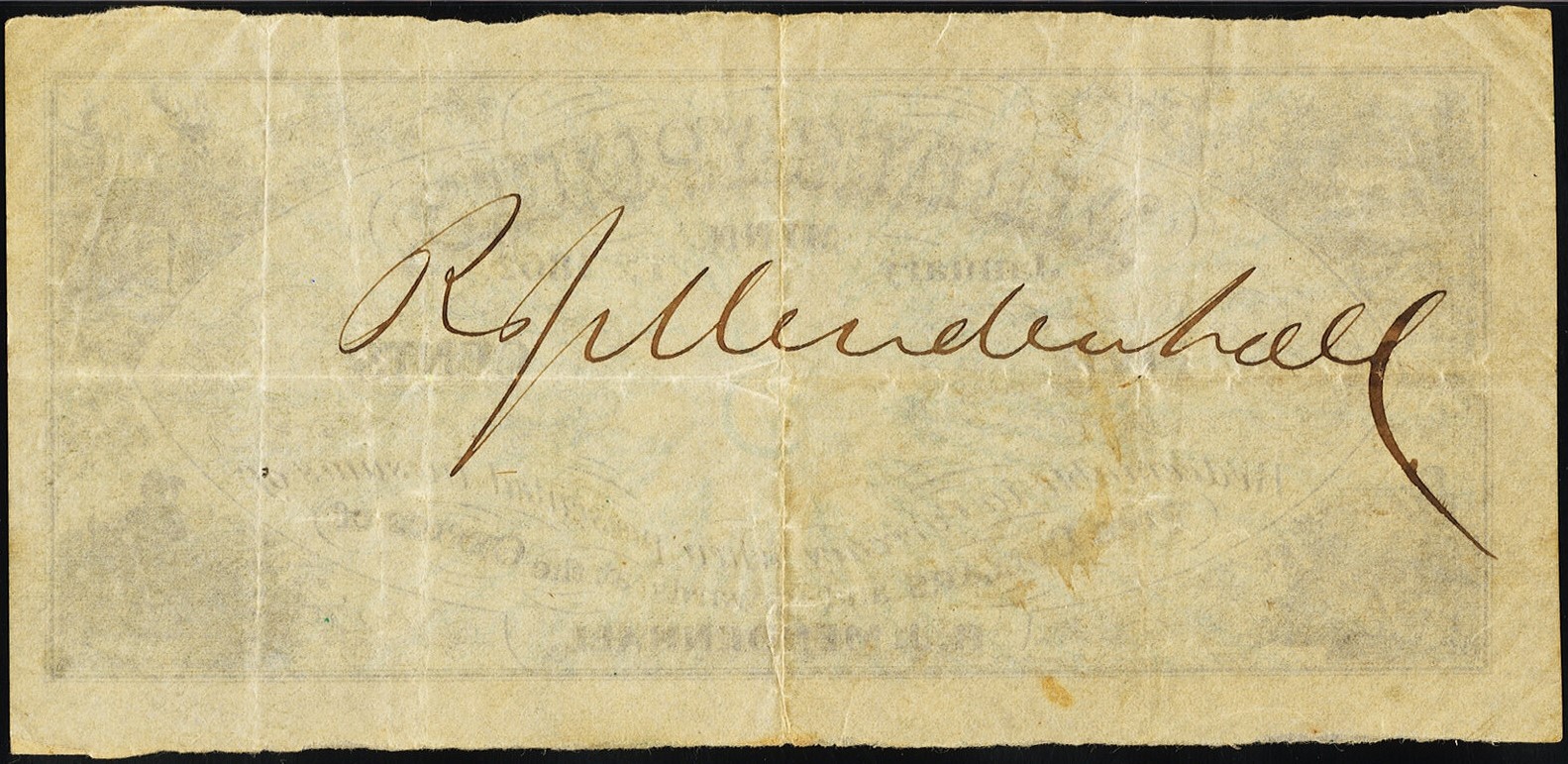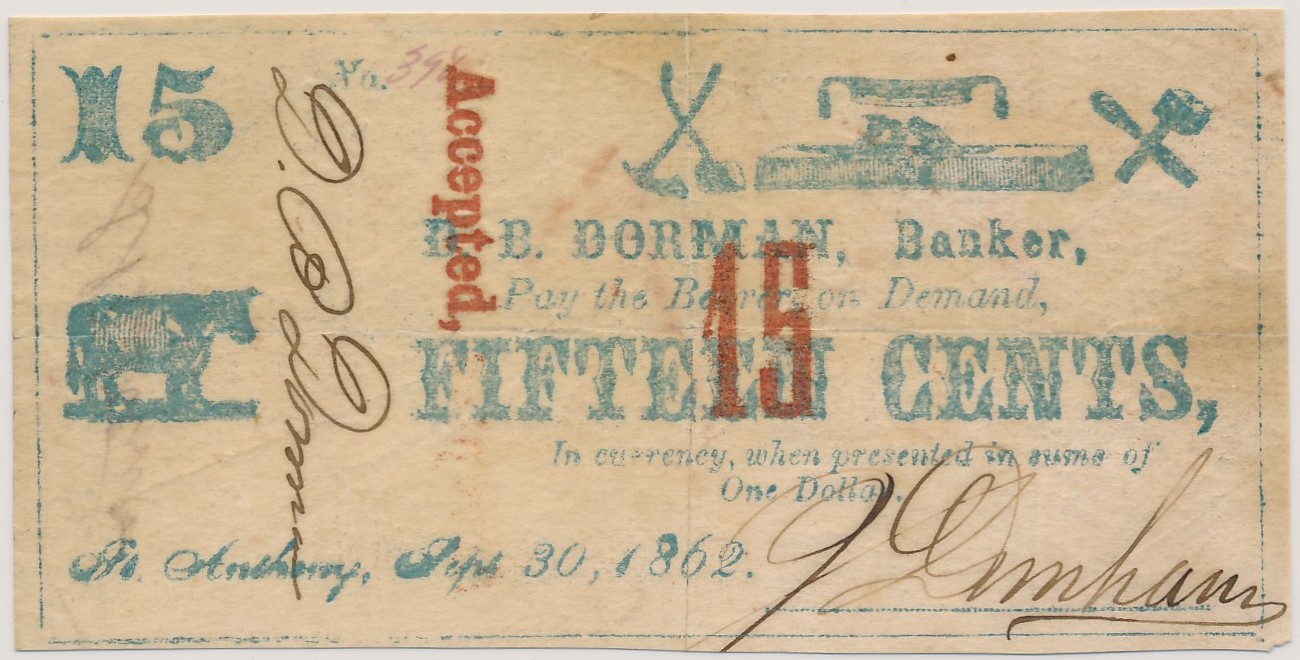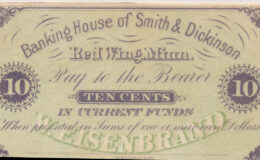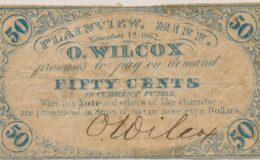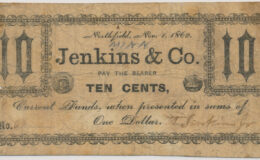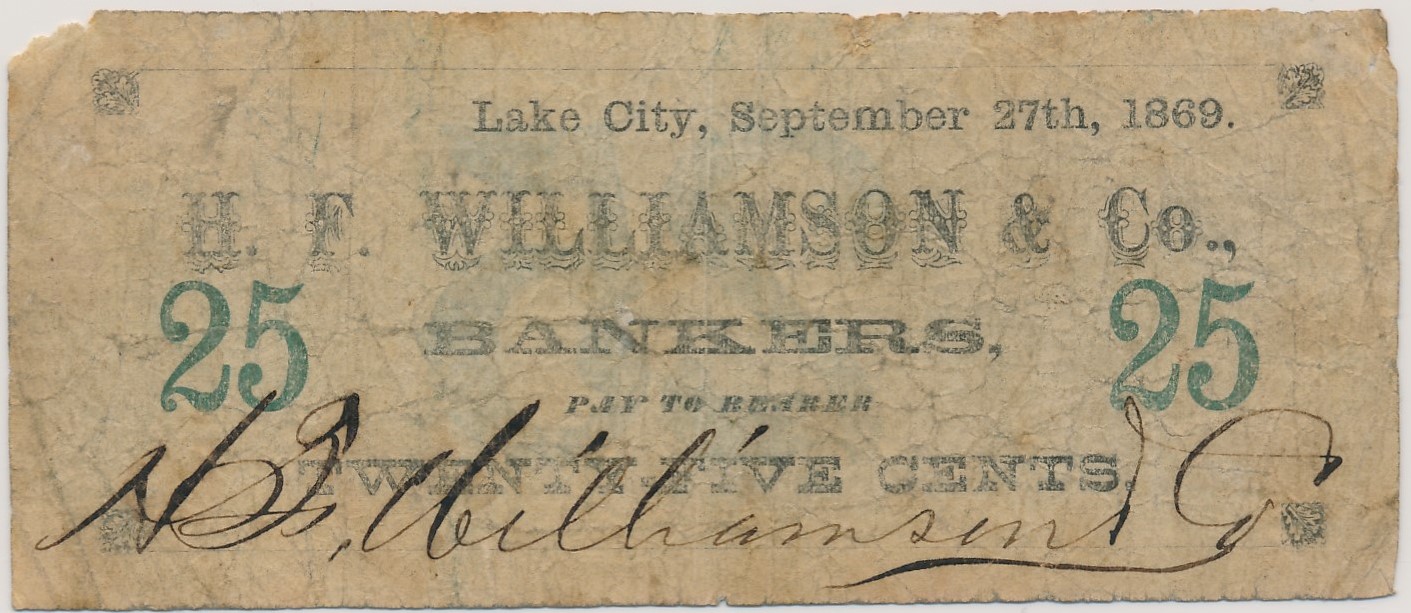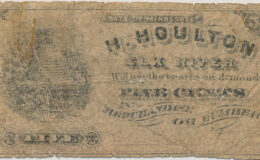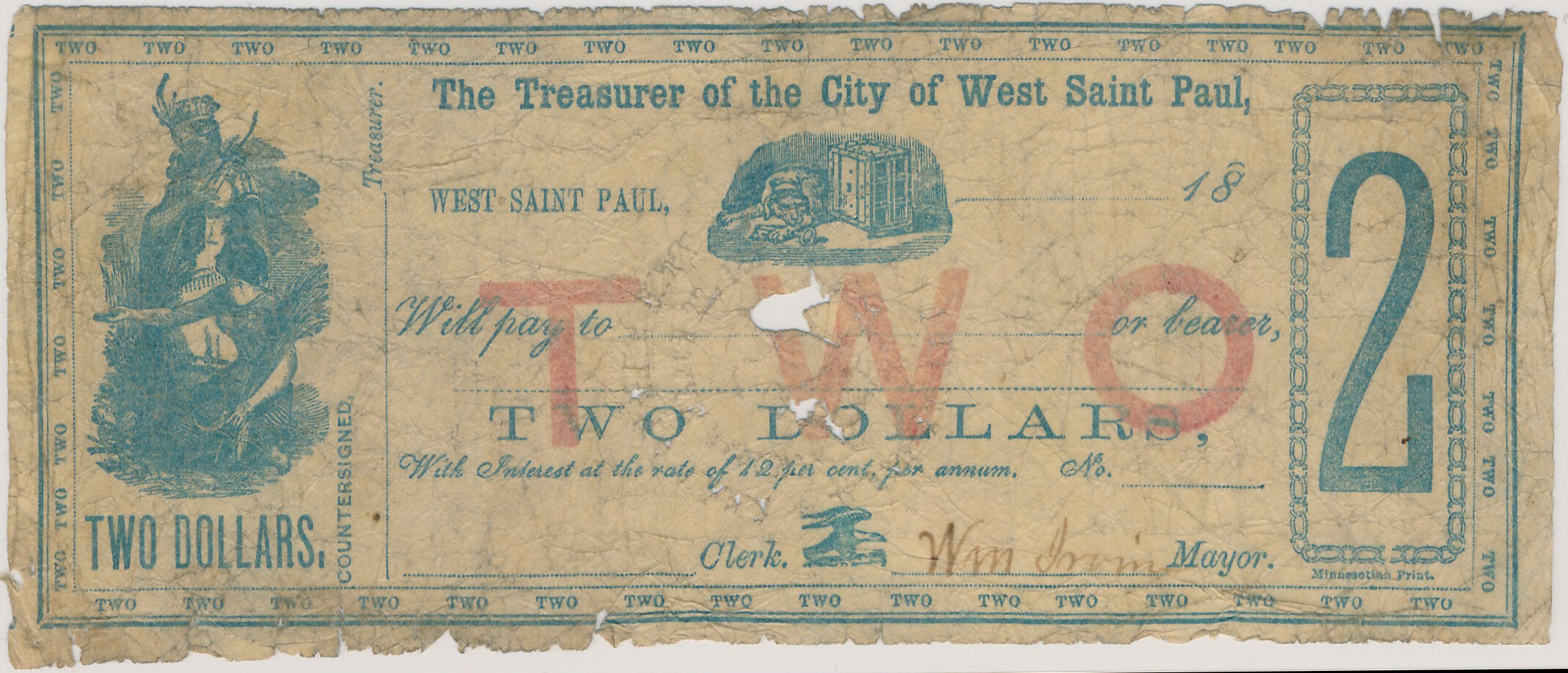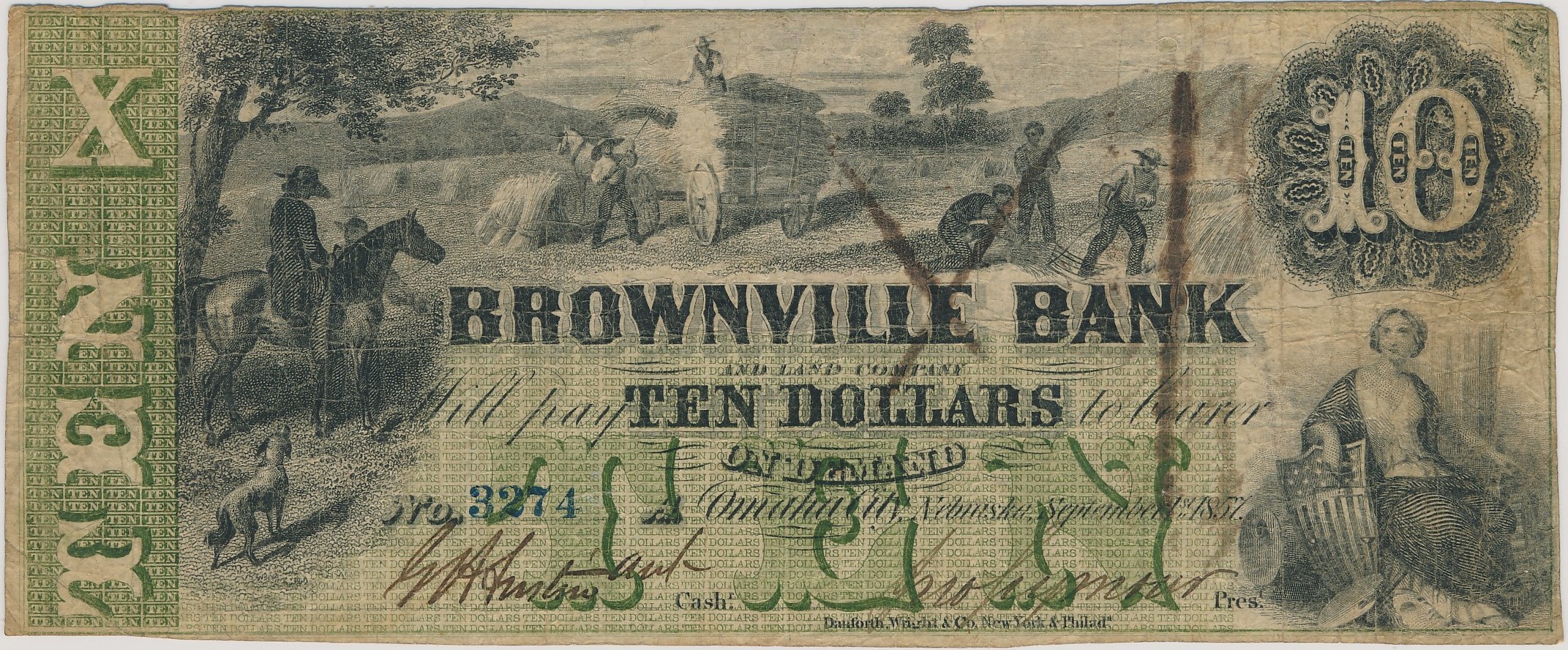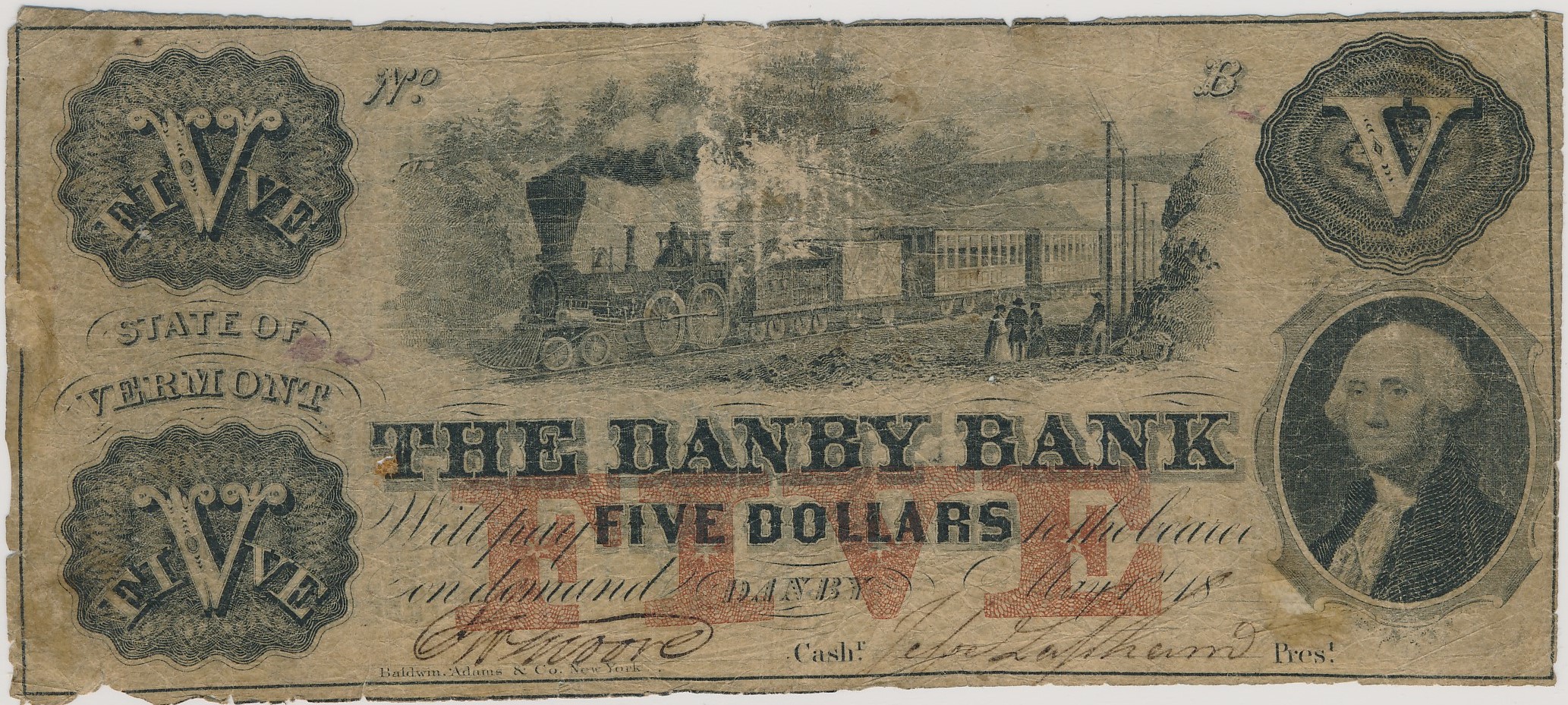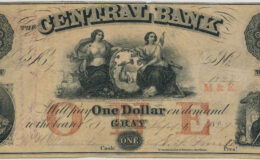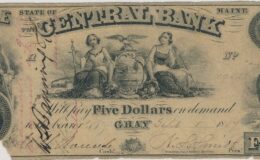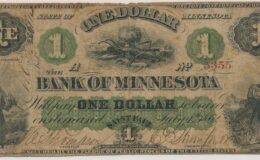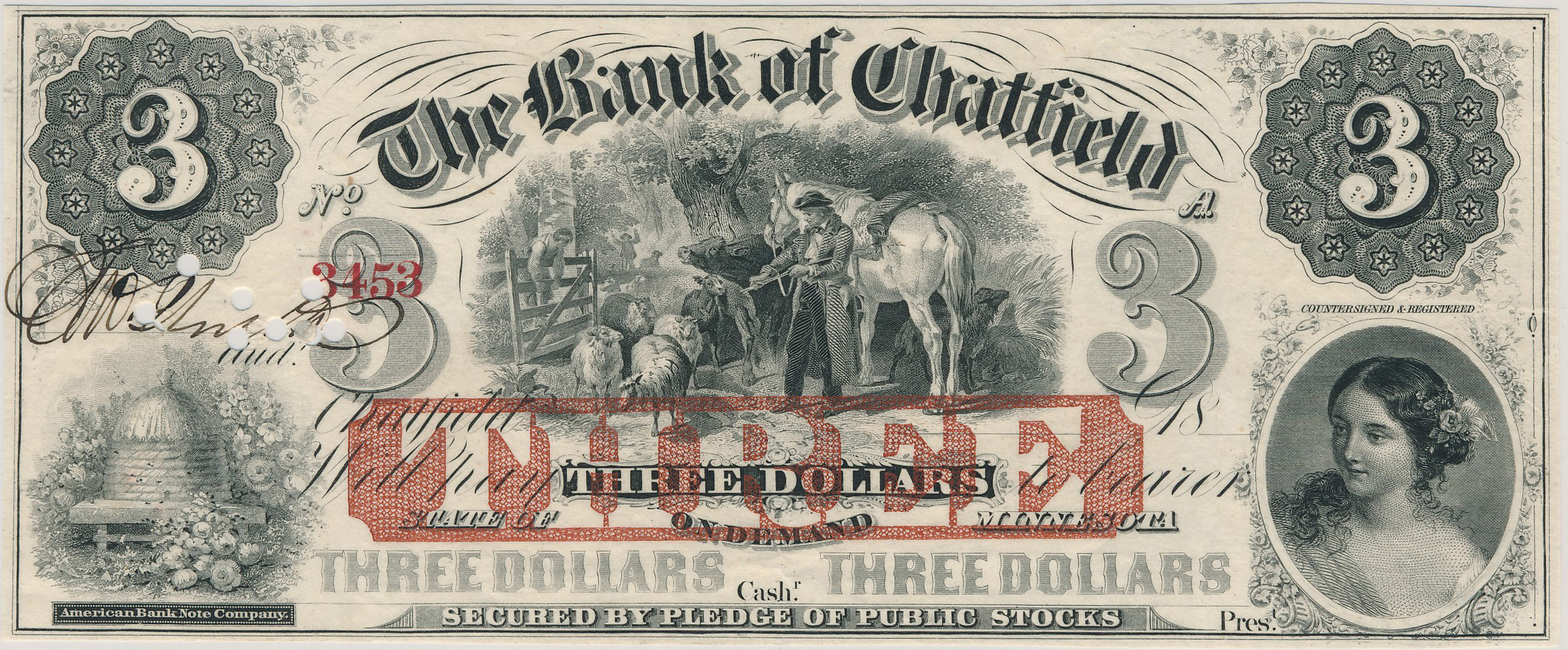Paper Money : Postcards : Collectibles
- [email protected]
- 651.491.3331
R. J. Mendenhall
R. J. Mendenhall
Richard Junius Mendenhall was born November 25, 1828 in Jamestown, North Carolina to Quaker parents. At 16 years of age, he went to work in his uncle’s store. In 1848, after four years spent learning the merchant business, he moved to New Garden, North Carolina, where he spent a little over two years in a boarding school. In 1851, he moved to Providence, Rhode Island to attend Friends School. There he met Cyrus Beede of Center Sandwich, New Hampshire.
Mr. Beede came to Minnesota first, and encouraged his friend to join him. Together they established the banking firm of Beede and Mendenhall. They were active in the late 1850s, but Beede withdrew from the banking business in 1859, moving out of state. The name of the business then became R. J. Mendenhall.
Minneapolis was a booming community during the Civil War. The rapid growth, along with the nationwide hoarding of gold and silver coins during the war, caused a severe local shortage of small coins. Mendenhall issued his own scrip in early 1862 to alleviate this shortage. Because of Mendenhall’s reputation for honesty, this endeavor was successful.
In 1862, Mendenhall was elected Treasurer of Minneapolis. The town officers decided to issue their own scrip. Since Mendenhall already had his own scrip in circulation, his name was well known, and his reputation was creditable, his name on the reverse of the city scrip gave them instant acceptability.
In the summer of 1862, Mendenhall and Rufus J. Baldwin, another private banker, bought the defunct State Bank of Minnesota, previously located in Austin, and moved it to Minneapolis. Shortly, it became a leading bank of Minneapolis.
Late in 1862, Mendenhall and O. M. Laraway, a Minneapolis grocer, printed scrip that was placed in circulation in October.
The State Bank of Minnesota converted to a national bank and was granted Charter No. 1623 as the State National Bank of Minneapolis. Mendenhall served as president; R. J. Baldwin served as cashier.
In 1866, together with his partners R. J. Baldwin and T. A. Merphy, Mendenhall organized the State Savings Association. It operated strictly as a savings bank until the financial panic of 1873 when Baldwin and Merphy withdrew and the association merged with the private banking house of R. J. Mendenhall. This was the beginning of the end for Mendenhall’s banking career. He was forced into bankruptcy and the closing of his private banking house. In 1877, the State National Bank of Minneapolis closed and the assets were liquidated.
From 1878 until his death in 1906, Mendenhall developed his hobby into the largest floral operation in Minnesota. At one point, his main green house was the size of an entire city block.
We want to buy paper money like you see here. If you have a note to sell, let us know.

